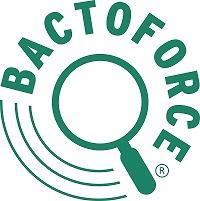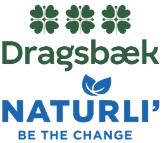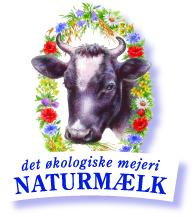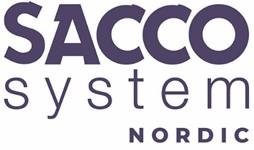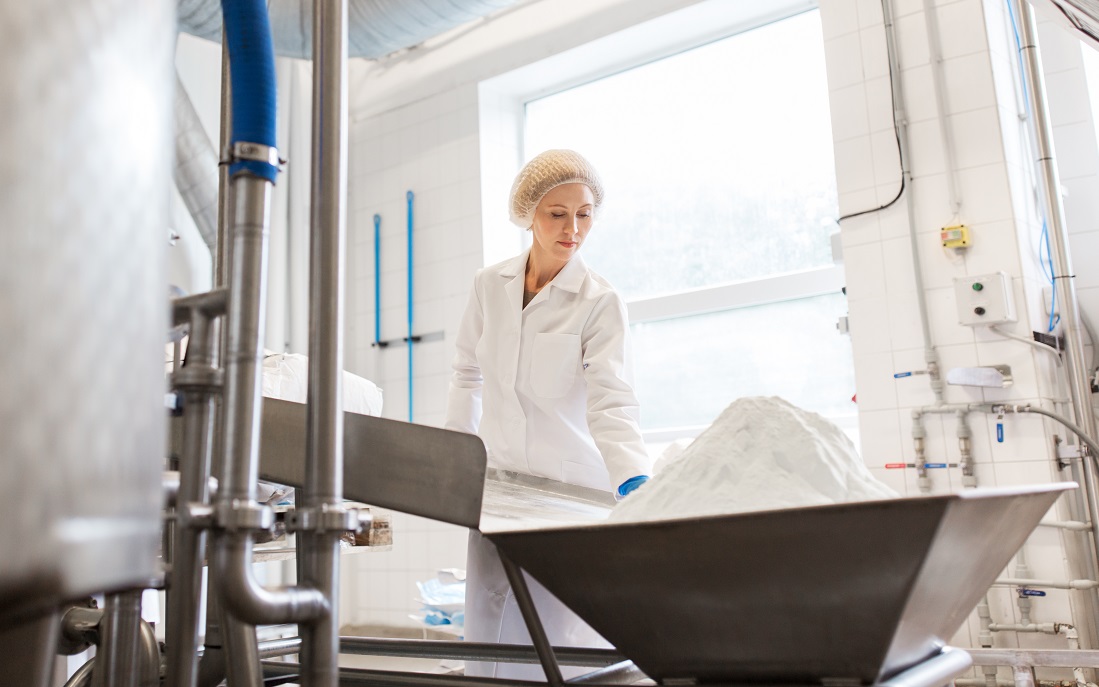
Get inspiration on how to adapt to consumers’ appetite for Clean Label products.
Ingredients are very much in focus by consumers, and hence by the dairy industry. In this seminar you will get the latest knowledge on topics like “closer to nature” and “Clean Label” meaning food products containing natural and simple ingredients that are easy to recognize, understand, and pronounce. The current food debate evolves around no synthetic chemicals, which is why the seminar will explore how to get rid of unwanted additives in dairy products.
Moreover, the Danish government and the ingredients industry, which is considered THE up and-coming industry to support the Danish economy; have since 2019 allocated extra resources to pave the way for development of sustainable and healthy ingredients. This effort has e.g., resulted in several publications on ingredients and changes in consumer preferences plus a dedicated department within the Danish Veterinary and Food Administration.
Stabilizers, emulsifiers, cultures, and the application of different types of fat in dairy applications will be further scrutinized in this seminar. Furthermore, the nutritional aspect of the ingredients, including fortification of dairy products in the diets of elderly will be explored. Also, the latest findings on the mode of action of bioprotective cultures will be revealed.
See full programme HERE.

A Governmental Strategy for the Ingredients of the Future
The Danish ingredient sector is a global frontrunner when it comes to developing new and innovative ingredients that contribute to healthier and more sustainable food and feed. In 2019, the Danish Government initiated an ingredient strategy to allocate extra resources to strengthen the Danish ingredient sector. Focusing on the governmental strategy, Special Veterinary Advisor Tanne Severin Holm of the Danish Veterinary and Food Administration (DVFA) will describe how the DVFA works to support growth and innovation of the ingredient sector, e.g. by attempting to minimize legal barriers for innovation.

Ingredients and additives and how to label them
Ingredients can be many things, from the milk or fruit used to make a certain product, to the cultures, additives, or aromas necessary to create the right textures, tastes, and other characteristics of that product. Special advisor Mette Christiansen from the Danish Veterinary and Food Administration (DVFA) will be giving an overview of the legal framework of the use of ingredients in dairy products, including the rules on labelling, additives, claims, and ingredients allowed in organic processed food.

The challenges in developing plant based frozen desserts
Based on the recent years increasing awareness of the CO2-footprint of the food production, Palsgaard decided back in 2011 to work towards becoming CO2-neutral in all our production plants. Along with CO2-neutrality we are also focused on emulsifiers and stabilisers for the growing plant-based food segment.
In the ice cream and dessert categories there is a growing interest from the consumers towards plant-based frozen dessert products, as a replacement of the traditionally dairy based ice cream products. This gives challenges in the composition of the recipes of these new plant-based frozen desserts, based on different plant sources, like soy, rice, pea, oat, coconut and almond. The aim is to obtain an eating sensation like the dairy based ice cream. This presentation outlines the challenges we have encountered during the development processes, which are still ongoing.

Stabilizers and starch-based ingredients for organic dairy products
Due to legal regulation, the use of stabilizers and starches in organic food and dairy products is limited.
However, Locust Bean Gum (LBG) is one strong-performing stabilizer which can be used in both organic as well as non-organic foods. Based on a thorough introduction to both harvesting and production, we will walk you through the challenges and benefits in connection with using LBG in organic food and dairy products.
Another clean label alternative to stabilize organic food and dairy products is found in organic starches. Starch is a well-known dairy ingredient commonly used in a variety of applications. We will make clear which type of starch to use in different applications and go in depth with both challenges and benefits in relation to using organic starches.

The natural mechanism behind food cultures with high bioprotective effect
The use of lactic acid bacteria with bioprotective effect is a natural way of controlling growth of unwanted yeast and molds in fermented dairy products. There is an increased interest in using bioprotective solutions such as the FreshQ® cultures to improve quality of fermented dairy products during storage and at the same time explore the opportunities of reducing food waste.
To establish the mechanism behind the bioactivity of cultures with bioprotective effect, many research studies have focused on identifying production of antimicrobial compounds. However, we have at Chr. Hansen recently discovered, that the primary mechanism of FreshQ® cultures is related to competitive exclusion and the competition for a limited nutrient in the dairy products.
At this seminar, we will present some of the recent advancement in our understanding of bioprotective cultures both from a technical as well as a more consumer-oriented perspective.

Vegetable fat fractions for dairy products
Vegetable fats play an integral part in the dairy business as a component or dairy fat replacement and products such as spreads like are well known examples, whereby combining animal and vegetable fats open plenty of possibilities.
Other products like ice creams, specialty powders, whipping creams, fermented and unfermented milk drinks and of course cheeses, take all the best from the plant-based solutions to create added value to the products to fulfill customer expectations.
Vegetable fat in dairy products is designed to satisfy specific needs as cost optimization, improved nutritional profile and functionality and one of the most important strong sustainably promise. Furthermore, vegetable oils and fats are widely used across food, confectionery and cosmetics industries.
This presentation will focus on how vegetable oils and fats can be used as an ingredient to create new and innovative dairy products, additionally the example of traditional products like cheese will be discussed.

Natural sugar reduction in fermented dairy products by combined application of lactase, stevia and mild starter cultures
Although obesity and reduction of sugar intake from foods have been an issue for years, innovation in the area of sugar reduction in dairy products is still needed. This is sadly underlined by the findings that obesity-related conditions seem to worsen the effect of COVID-19. This presentation describes the combined effect of 3 different ingredients.
- Lactase doubles the natural sweetness of lactose
- Mild starter cultures reduce the sweetening need
- Steviol glycosides allow for partial substitution of added sugar
The combined application of these three solutions reduces calories, sugar or artificial sweeteners in a natural way and generates a sucrose-like sweetness profile with superior sweetness quality compared to traditional combinations of artificial sweeteners.
DSM’s concentrated lactase Maxilact® Super is highly efficient in sugar reduction as well as both invertase- and arylsulfatase-free. As resulting benefits, no collateral sweetness losses occur, and no off-flavor notes develop in sugar-reduced dairy products when Maxilact® Super is applied.

Dairy-based proteins for an ageing body
The global population is getting older. The population of people aged 60 years or over is expected to grow even further in the coming decades. But what do we know on the ageing body and what requirements does an ageing body have? Along the ageing process the human body undergoes changes such as loss of muscle mass, strength, and function (sarcopenia). Physiological changes that subsequently affect independence and quality of life. These conditional changes also alter the nutritional requirement including an increasing protein demand. Dairy proteins are central in fulfillment of the protein requirement for the ageing body.


Continental Cheesemaking without curd-washing
Traditional continental cheesemaking is a process consisting of many stages. We are constantly the quest to develop innovative tools and methods that help make the process more efficient and sustainable.
Curd washing is a standard step in traditional continental cheesemaking and is normally done to help avoid post acidification and the resulting adverse effects on the texture and taste. In this session, we will dive into how we are able to control the acidification with a unique culture design and temperature, making curd washing no longer necessary. Without the added water in the curd-washing step the whey drained is more concentrated and less energy is used in across the process.

Nature based Clean Label-Friendly Solutions for the Dairy Industry
Clean Label is a consumer-driven, global movement without a clear definition. At the heart of it, consumers want to know what ingredients are in – or not in – their favorite foods and beverages. They want to see a shorter product label that is easy to read with ingredients they recognize. In addition to nutritional and functional benefits, consumers want food that’s appealing. Ingredients need to deliver on a variety of fronts.
Consumers preferences have been changing, especially among the younger generations, so it is vital to align with current trends and know how important are the ingredients to today’s consumers and are some ingredients better perceived than others? This is part of the questions that Maria Kibæk Stallknecht from CP Kelco will try to answer.
During this session Maria will present a case study, where listening to consumers and customers need for clean label played a big role for new solutions developments, as well as present some recent offerings to the clean label needs in the dairy market.




